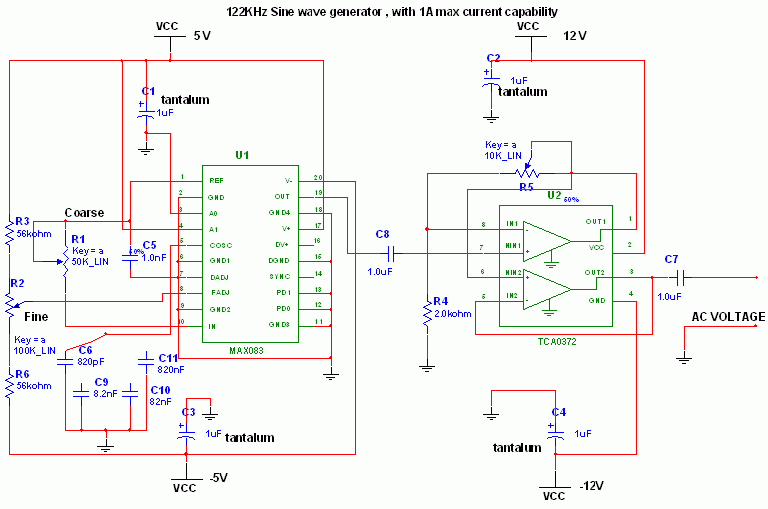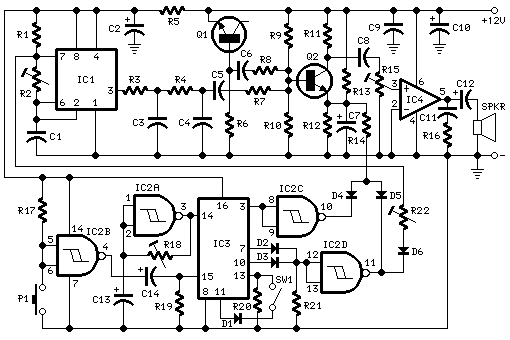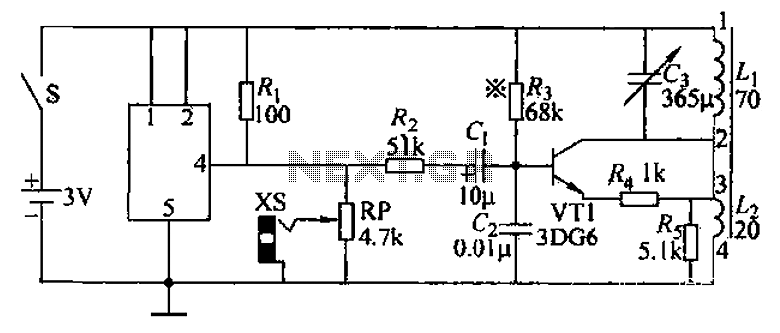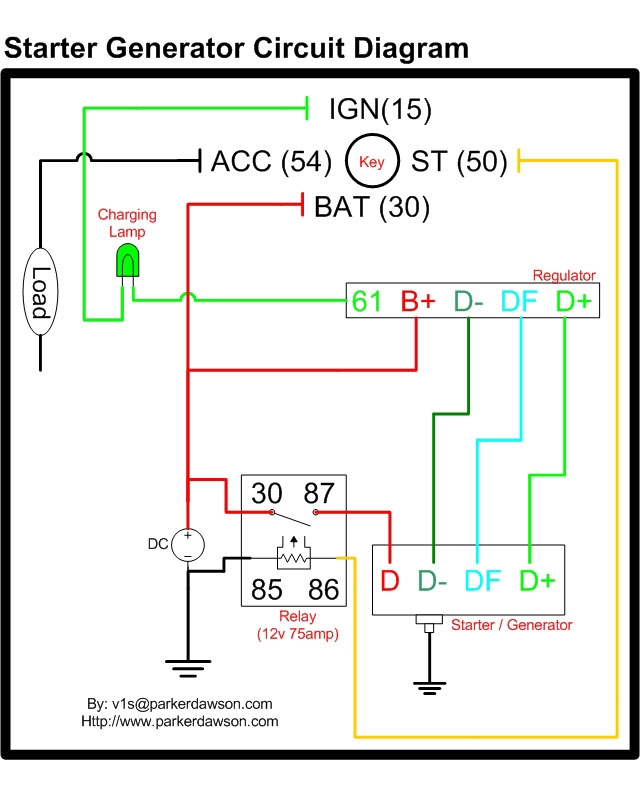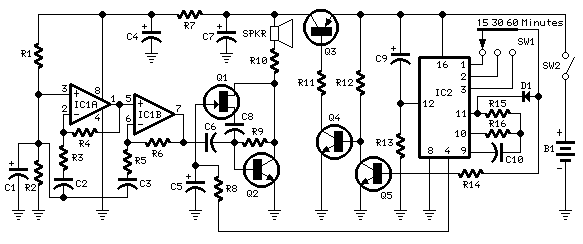
2MHz square-wave generator
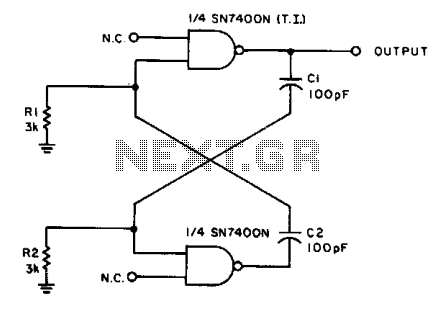
With the values shown, the circuit generates a 2-MHz symmetrical square wave. Changing capacitors C1 and C2 to 0.01 µF results in a frequency of 500 Hz. For the particular integrated circuits and power supply voltages (5.0 V), the reliable operating range of R1 = R2 is 2 kΩ to 4 kΩ.
The described circuit operates as an oscillator, generating a symmetrical square wave at a frequency of 2 MHz under standard conditions. The frequency is primarily determined by the values of capacitors C1 and C2, as well as the resistors R1 and R2. When the capacitance of C1 and C2 is adjusted to 0.01 µF, the output frequency decreases to 500 Hz, demonstrating the circuit's versatility in frequency generation.
In this configuration, the integrated circuits used are likely operational amplifiers or a dedicated oscillator IC, which require a power supply voltage of 5.0 V for optimal performance. The resistors R1 and R2 play a critical role in setting the gain and frequency characteristics of the circuit. The specified reliable operating range for these resistors is between 2 kΩ and 4 kΩ, which ensures stable operation and prevents distortion of the output waveform.
The symmetrical square wave produced by the circuit can be utilized in various applications, such as clock signals for digital circuits, timing applications, or as a modulation source in communication systems. The ability to alter the frequency by changing the capacitor values allows for flexibility in design, catering to specific requirements in different electronic applications. Proper selection of components within the specified ranges is crucial for maintaining the desired performance characteristics of the oscillator circuit.With the values shown the circuit generates a 2-MHz symmetrical square wave. Changing capacitors Cl and C2 to 0.01 µ¥ results in a frequency of 500 Hz. For the particular integrated circuits and power supply voltages (5.0 V), the reliable operating range of Rl = R2 is 2 k ohm to 4 k ohm. 🔗 External reference
The described circuit operates as an oscillator, generating a symmetrical square wave at a frequency of 2 MHz under standard conditions. The frequency is primarily determined by the values of capacitors C1 and C2, as well as the resistors R1 and R2. When the capacitance of C1 and C2 is adjusted to 0.01 µF, the output frequency decreases to 500 Hz, demonstrating the circuit's versatility in frequency generation.
In this configuration, the integrated circuits used are likely operational amplifiers or a dedicated oscillator IC, which require a power supply voltage of 5.0 V for optimal performance. The resistors R1 and R2 play a critical role in setting the gain and frequency characteristics of the circuit. The specified reliable operating range for these resistors is between 2 kΩ and 4 kΩ, which ensures stable operation and prevents distortion of the output waveform.
The symmetrical square wave produced by the circuit can be utilized in various applications, such as clock signals for digital circuits, timing applications, or as a modulation source in communication systems. The ability to alter the frequency by changing the capacitor values allows for flexibility in design, catering to specific requirements in different electronic applications. Proper selection of components within the specified ranges is crucial for maintaining the desired performance characteristics of the oscillator circuit.With the values shown the circuit generates a 2-MHz symmetrical square wave. Changing capacitors Cl and C2 to 0.01 µ¥ results in a frequency of 500 Hz. For the particular integrated circuits and power supply voltages (5.0 V), the reliable operating range of Rl = R2 is 2 k ohm to 4 k ohm. 🔗 External reference
